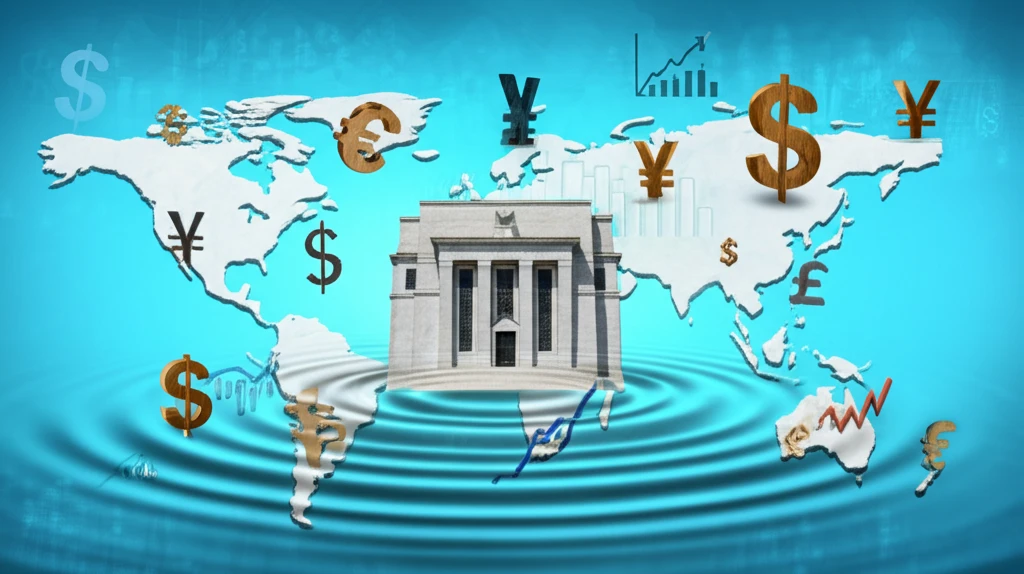
Decoding Global Markets: How US Interest Rates Impact Your Investments
"Unraveling the Fed's "Information Effect" and Its Surprising Influence on International Economies"
The United States, with its dominant financial markets and the U.S. dollar acting as the world's reserve currency, has a profound influence on global economics. One of the most significant levers of this influence is the Federal Reserve (the Fed) and its control over U.S. interest rates. When the Fed makes a move, the world feels it, but the exact nature of that impact has been a subject of intense debate.
Traditionally, it’s been thought that when the Fed raises interest rates, it causes negative ripples internationally—recessions, currency depreciation, and financial instability. However, some recent studies have challenged this view, suggesting that sometimes, a U.S. rate hike can actually boost economic activity abroad, a paradox that has economists scratching their heads.
A recent research paper sheds new light on this puzzle by looking at what it calls the "Fed Information Effect.” This effect suggests that the Fed's announcements not only reveal information about interest rate decisions but also convey insights into the state of the U.S. economy and its future policy direction. By understanding this effect, we can better decode how U.S. monetary policy impacts the rest of the world, and how these changes might affect your investment decisions.
The "Fed Information Effect": More Than Just Interest Rates

To accurately assess how U.S. interest rates affect international markets, it’s essential to understand and account for the “Fed Information Effect.” The Federal Reserve's policy decisions are more than just simple adjustments to interest rates; they also involve disclosing and reacting to crucial macroeconomic and financial information.
Decoding the Signals for Smarter Investing
The implications of understanding the “Fed Information Effect” are profound for investors. By recognizing that the Fed’s actions convey more than just interest rate changes, investors can make more informed decisions about international investments. As global markets continue to be shaped by U.S. monetary policy, staying attuned to these nuances is essential for navigating the complexities of the modern financial landscape.
